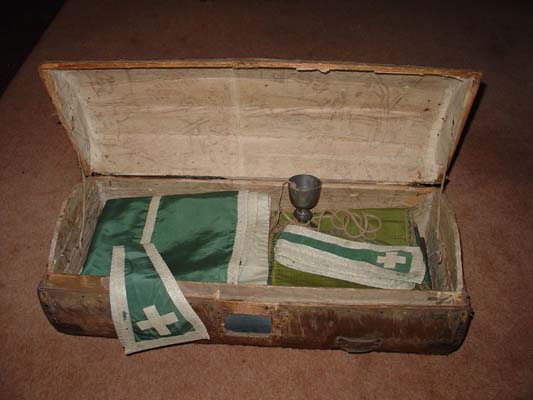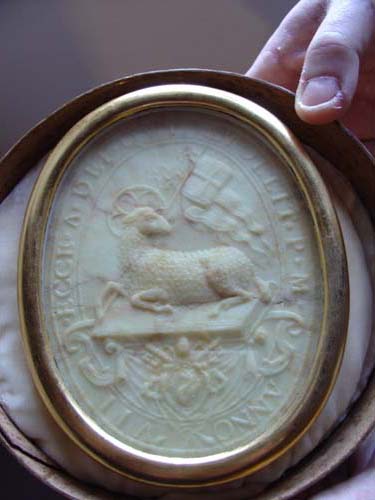The English Reformation was the most important European event between the conversion of the Roman Empire and modern times. It was the most important because upon it the unity or break-up of Christendom depended. It is of especial important to Englishmen because it is by far the greatest event in the story of their country; but it is of still greater importance to Europeans as a whole, because of England had not been torn away from the unity of Christendom that unity would be intact to this day. It was the loss of England which determined the whole affair. Because of that loss Europe ultimately fell into two camps, the Protestant culture on the one hand, and the Catholic culture on the other.... It was through the Reformation that the dissolution of Europe came and that chaos of which we are now suffering the last, and perhaps mortal, effect.
--From Hilaire Belloc's introduction to Brian Magee's The English Recusants: A Study of the Post-Reformation Catholic Survival and the Operation of the Recusancy Laws
*******
Stonyhurst College in Lancashire has for some years now had on exhibit a number of rare items from English Catholic Recusant history.

St. Edmund Arrowsmith, like many priests of his time, left England to study at the seminary in Douai, and afterwards was ordained in Arras, France. He returned to England as an undercover "massing-priest" and served the faithful in Lancashire for a decade until he was capture and eventually martyred in 1628. Shown above is his peddler's trunk containing his vestments, found in the 1880s walled up in a Lancashire cottage.

This little book of hours is believed to have been carried by Mary Queen of Scots to the scaffold at Fotheringay. Looking closely, you'll see the December calendar shows in red December 25 Nativitae Domini and in black Dec. 29 Thome epis. et m. (Thomas Becket, bishop and martyr).

Shown above is the Agnus Dei carried by St. Edmund Campion on his clandestine missions, and a gift of Pope Gregory VIII. Campion was found hiding in Lynford Grange, Berkshire on July 17, 1581, and was hanged, drawn, and quartered five months later. The Agnus Dei was found wrapped in a list of indulgences stuffed in the rafters of Lynford Grange when the roof underwent renovation in 1959.
Fr. Nicholas Schofield has blogged of Stonyhurst's collection here.
--From Hilaire Belloc's introduction to Brian Magee's The English Recusants: A Study of the Post-Reformation Catholic Survival and the Operation of the Recusancy Laws
*******
Stonyhurst College in Lancashire has for some years now had on exhibit a number of rare items from English Catholic Recusant history.

St. Edmund Arrowsmith, like many priests of his time, left England to study at the seminary in Douai, and afterwards was ordained in Arras, France. He returned to England as an undercover "massing-priest" and served the faithful in Lancashire for a decade until he was capture and eventually martyred in 1628. Shown above is his peddler's trunk containing his vestments, found in the 1880s walled up in a Lancashire cottage.

This little book of hours is believed to have been carried by Mary Queen of Scots to the scaffold at Fotheringay. Looking closely, you'll see the December calendar shows in red December 25 Nativitae Domini and in black Dec. 29 Thome epis. et m. (Thomas Becket, bishop and martyr).

Shown above is the Agnus Dei carried by St. Edmund Campion on his clandestine missions, and a gift of Pope Gregory VIII. Campion was found hiding in Lynford Grange, Berkshire on July 17, 1581, and was hanged, drawn, and quartered five months later. The Agnus Dei was found wrapped in a list of indulgences stuffed in the rafters of Lynford Grange when the roof underwent renovation in 1959.
Fr. Nicholas Schofield has blogged of Stonyhurst's collection here.

<< Home